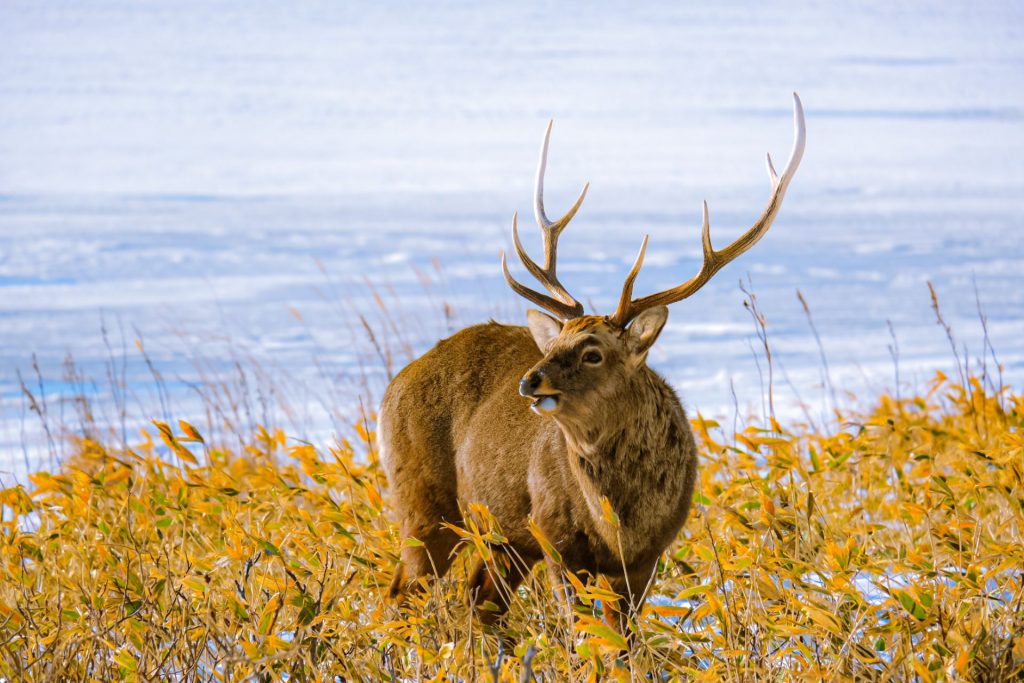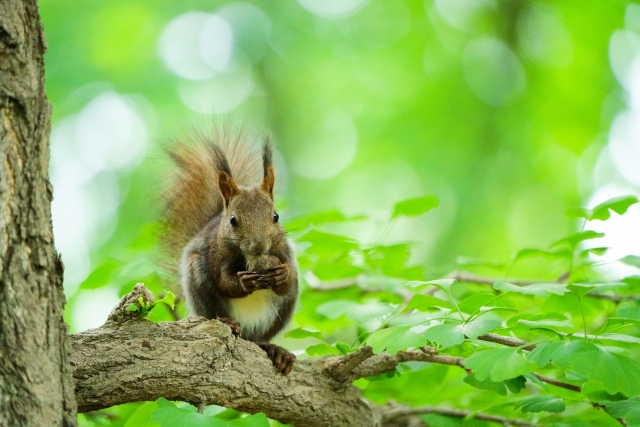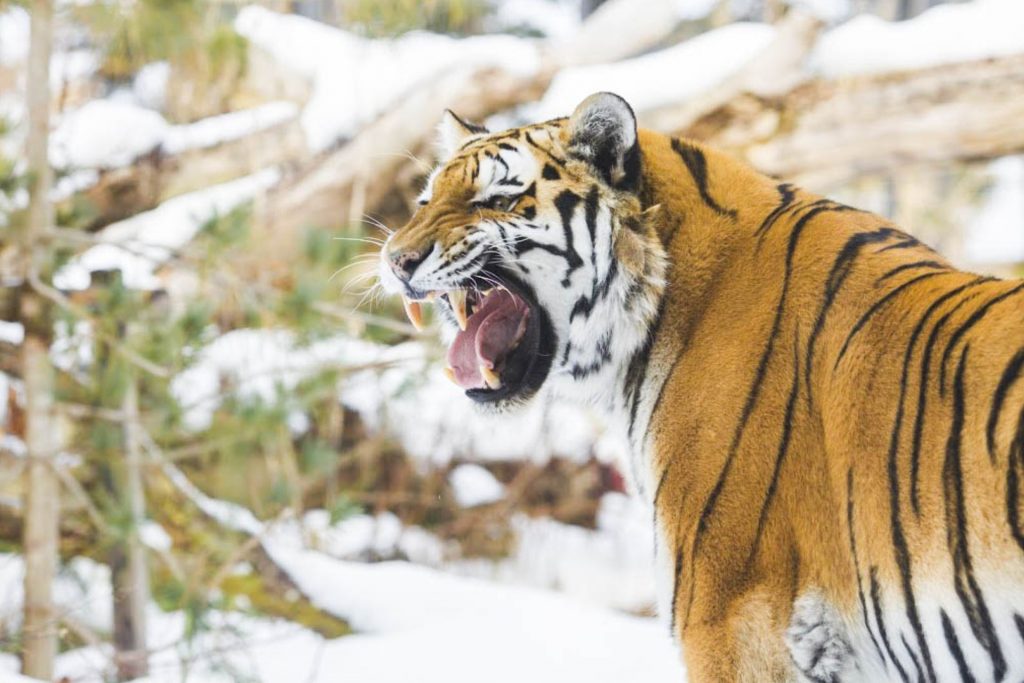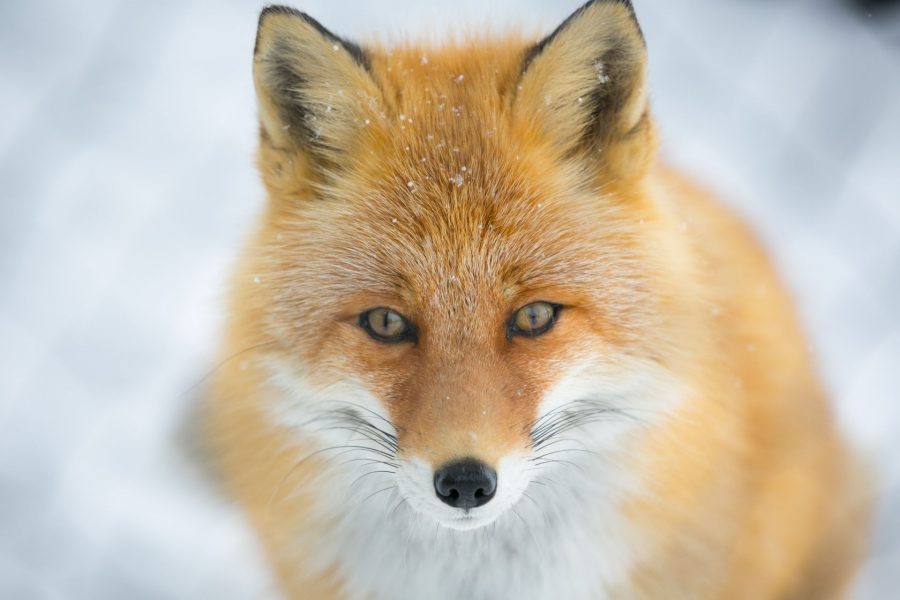One way to explore the world and travel to different places is with wildlife or animal photography. It is a field of photography that’s better suited for people who love adventure. An as an animal photographer, you can capture any type of animal, including cheetahs, leopards, hyenas, and more. Whether it’s the animals in sub-Saharan Africa or the animals in your garden, there are so many animals in the world to capture.
Also, you’re not limited to the animals on land. You can also take photos of animals on the sea, in the air, on sun-kissed coastlines, and in the mountains. Whichever aspect of photography you decide to explore, it is important to note that it is a very demanding discipline, and you’ll need to stay committed.
Another thing to note is the potential risk that is involved. But thanks to technology, you can avoid these risks, and you won’t need to go close to animals before you can take really nice pictures of them. If you’re about to start animal photography, you’ll need a few tips to help you make the best pictures. In this article, you’ll find these tips for beginners.
Before we move on to the tips, there are a few things you must know, and we have also provided them in this article, so read on.

Table of Contents
Skills You Need to Be an Animal Photographer
You don’t need all the skills of a professional to begin, but there are a few skills that you must possess before you venture into animal photography. It ranges from soft skills to camera proficiency. These skills will benefit you, especially as you develop. The skills include the following:
- Solitude and Patience: This is the most important skill, not only for an animal photographer but for every other type of photographer. Sometimes, you’ll need to wait for several hours before you can get a perfect shot or even see the animal you want to take a picture of. Patience is a vital feature for every animal photography. In addition to patience, you also need solitude because you wouldn’t want to scare the animal away with noise.
- Wildlife Knowledge: You need to understand the subject you’re taking. Their movement patterns, habitat, and their behavior. It is best to also choose a subject and stick to the subject because the technique you’ll use vary with different animals.
- Camera Skills: You don’t have to operate a camera like a professional before you begin, but it’s advisable to know how to operate a camera, especially its main settings. This includes ISO, aperture, and shutter speed. Remember that animals move really fast, and sometimes you might not even notice them. Also, there are some animals that only live in their habitat at night. With that said, it is important to know how to adjust the camera settings to suit these changing dynamics.
Getting Started as an Animal Photographer
Now that you know the basic skills to have before you begin animal photographer, we can now proceed with tips to help you get started.
1. Get Help from a Professional Tracker
This is very important, especially if you plan to explore the wild. A professional tracker is trained to track animals, including camouflaged animals. You can’t locate some animals on your own, and this one only endangers you. However, these trackers can easily identity camouflaged and hidden animals.

Another reason why it’s important for you to hire a tracker is that it will save you time. Trying to locate animals on your own can be time-consuming, but with these trackers, the job is made super-easy. With that, you’ll have enough time to improve and plan your shots. All you need is to tell the tracker your animal of interest and leave the job to them.
2. Shoot Close to Golden Hours
There are certain times of the day where you get better results compared to other times of the day. For animals, golden hours have proven to be the best time to shoot. Shooting directly underline will only give you low-quality pictures. However, when you take pictures closer to golden hours, you’ll marvel at the result you get. This is because it is a lot easier to get a good angle of light during these hours compared to other hours of the day.
3. Increase the ISO
If you’ve ever used a fast shutter speed before, you will notice that as you lower the time for light to enter the sensor, the exposure darkens. This can be an issue if you don’t know how to create a balance, and one way you can do this is by increasing the ISO. Remember that the ISO is what determines how sensitive the camera is to light. Therefore, more sensitivity results in lower exposure time.
Increasing the ISO also helps in amplifying the image signal, as well as the noise that the camera will capture in the photo. The good thing is that you can easily reduce the amount of noise in the image you capture.
The bottom line is that if you want to take great pictures, you’ll need to be able to freely increase the ISO or utilize a higher ISO. Basically, you should be ready to play with your camera settings until you get the best results.
4. Use Faster Shutter Speed
As mentioned earlier, animals are constantly moving at different speeds, meaning that you’ll need to find a suitable way to adapt to their movement. The most effective way to do this is by utilizing faster shutter speed. This is the time it takes for the shutter to open or close. With a shorter or faster shutter, you’re less likely to blur the animal’s movement in a shot.
For animal photography, it is generally advisable to use a minimum shutter speed of 1/500th of a second, or even something faster. With this, you can easily freeze the animal and prevent blurring.

5. Zoom Lenses
The last tip on our list is zoom lenses. It is generally advisable to use zoom lenses when taking pictures of animals. This is because most animals run off immediately after noticing a human being. Another reason why it is advisable to use zoom lenses is because it’s a way to protect yourself from potential attacks from animals. With these different conditions, the best way to take pictures of these animals is with the aid of zoom lenses.
As a beginner, you might be wondering whether the zoom lens would alter the quality of the picture you get. However, it’ll interest you to note that the quality of your picture won’t be affected when you use a zoom lens. You can easily take pictures of birds, squirrels, and even wild animals like lions, jaguars, and more when using a zoom lens.
Cameras for Animal Photography
Now that you have the tips to help you get started as an animal photographer, the next thing that comes to mind is the type of camera to use for this field of photography. As an animal photographer, you’ll need to be ready to invest in quality cameras, particularly mirrorless models and DSLR cameras.
Mirrorless Cameras
These are cameras that are currently being used in place of the DSLR cameras, and they are effective tools for animal photography. Mirrorless cameras come with the specs available on DSLR cameras, which is why they are a good choice for animal photography.
Despite the similarities between both cameras, it is important to note that they work differently. For example, DSLR cameras work by utilizing a mirror when capturing images. On the other hand, mirrorless cameras, as the name suggests, do not need mirrors before they can capture an image.
The advantage of these types of cameras is the freedom and flexibility they give photographers. Also, the cameras are smaller and lighter than DSLR cameras.
DSLR Cameras
Even though mirrorless cameras have better features than DSLR cameras, the DSLR cameras are also a great choice to use in animal photography. As mentioned earlier, the camera uses a mirror to capture images and features a digital single lens.
You can use DSLR cameras for almost every type of photography and be sure to get high-quality pictures. Also, these cameras utilize fast shooting speed and large image sensors, which gives them increased lens flexibility.
Another advantage of a DSLR camera is that you can always purchase different lenses to suit what you’re shooting.
Lenses for Animal Photography
Ensuring that you get the right camera to use is not the only thing you need to do. You also need to ensure that you have the right lenses at your disposal. The lenses that you might want to consider for animal photography should include one of the following:
Standard Zoom Lens
This is the most important type of lens that every animal photographer should have. As a stethoscope is important for doctors, the standard zoom lens is important for animal photographers. With this tool, you can easily take close-range pictures of animals while you stay at a safe distance. Standard zoom lenses offer different zoom range, meaning that you can shoot with different focal lengths.
When choosing a standard zoom lens, here are the key things you should look for:
- Inbuilt image stabilization
- Adjustable focal length
- Different aperture rating
Macro Lens
The next type of lens you might want to consider is the macro lens which is also great for animal photography. The macro lens is the best option to use if you want to get incredible details in your photos. They can easily capture colorful plants and insects.
Here are the features that make a macro lens good:
- Precise manual focus ring
- Fast ultrasonic autofocus
- Broad focal length
Telephoto Lens
The last type of lens we recommend for beginners is the telephoto lens. People often confuse this type of lens with the zoom lens because it also makes it easy to view far objects. The difference between the two types of lenses is that the telephoto lens has a longer and fixed focal length. It also comes with more powerful and stronger magnification.
It is the enhanced focal length that allows it to easily capture far objects and make them appear like it was taken from a close range with a zoom lens. There are two options to choose from, and these are:
- Super-telephoto lens, which is a nice option for wildlife or animal photography
- Prime telephoto lens, which is a great option for shallow field depth

Other Handy Equipment
A good camera and lens are not the only thing you’ll need for animal photography. There are other tools you’ll need to make your job a lot easier. These tools include the following:
- Rain cover: This is an important tool you’ll need for your lens. Lens rain covers are designed to provide protection for the telephoto and zoom lens and are ideal for use in stormy weather.
- A tripod: You’ll need a tripod to keep your camera steady, especially when you capture moving animals.
- Remote shutter releases: With this, you won’t need to touch your camera before you take shots. The remote shutter release is a tool you should consider getting.
- Extension tubes: Extension tubes make it easier for photographers to go closer to their subject. These tubes make it a lot easier for them to extend the focal length of their camera.
There are other tools you might want to consider getting, but with these tools, we have mentioned, a good camera, and lens, you’re ready to start animal photography.
Animal photography is an interesting field for every photographer to try. We have provided all the tips you need to get started. As an animal photographer, always remember to show the animals respect, avoid getting close to them, and also allow them to come to you.
In addition to these tips we have provided, you can also look at a few pictures taken by professional animal photographers at photoAC. These sites contain many amazing pictures, and you can get ideas from them. You can also use the pictures on photoAC for branding or for other purposes.
